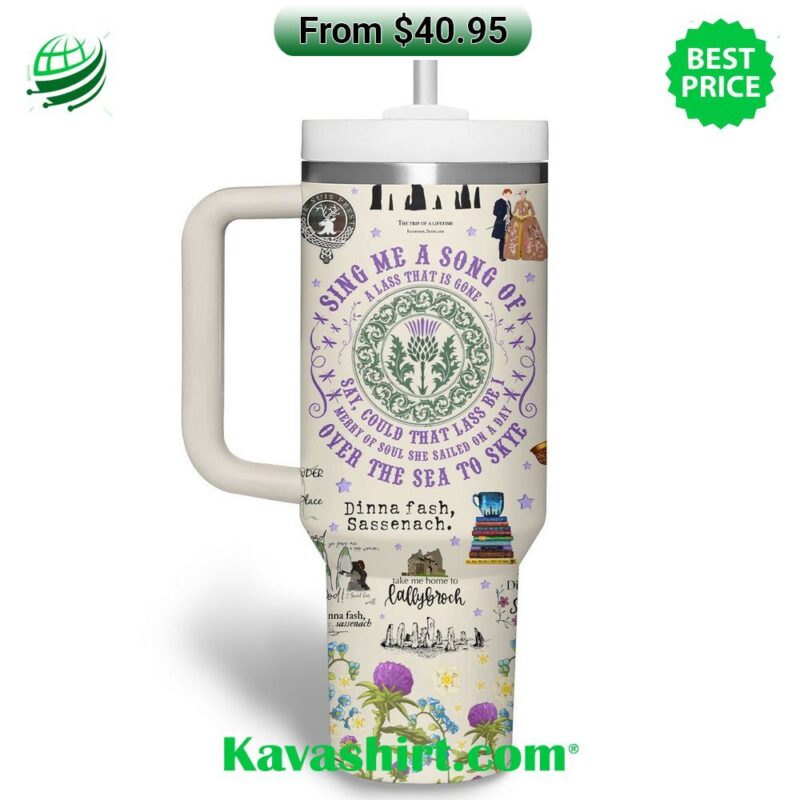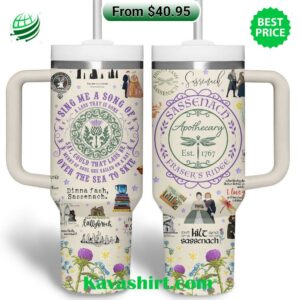Related products
Popular product
Popular product
Popular product
Popular product
Popular product
Popular product
Popular product
INTRODUCTION: Apothecary Sassenach Fraser’s Ridge Tumbler
In the shadowy halls of the literary cosmos, there exists a realm set apart, its very air laced with a melancholy exquisiteness. This is the Tortured Poets Department, a place where genius and despair dance an eternal waltz, where the weight of the world bleeds into verse both hauntingly beautiful and disquieting. Here, words become vessels for the profound suffering of the human spirit, for those souls burdened by an extraordinary intensity of feeling. Within these shadowed chambers, history’s most celebrated and anguished poets find their spiritual home. Sylvia Plath, her stanzas humming with the raw electricity of anguish and defiance, walks hand in hand with Edgar Allan Poe, the master of Gothic gloom. Their spectral parade includes the likes of Anne Sexton, whose confessional verses crackle with a desperate, defiant energy, and the tragic figure of John Keats, who poured out his brief, brilliant existence in lines both luminous and shadowed by mortality. The Romantic giants, from the passionate Byron to the melancholic Shelley, find their echoes in the voices of Baudelaire and Rimbaud, the doomed enfants terribles of French poetry, who shocked the world with their intoxicating darkness. And amidst them all stands Emily Dickinson, her deceptively simple words shimmering with the enigmatic pain of a life lived in self-imposed seclusion. These are not just names in a dusty textbook; the Tortured Poets Department breathes life into their specters. Here, they are understood not as mere historical objects, but as beings of incandescent vulnerability grappling with the existential questions that gnaw at every sensitive heart.
The very atmosphere of this place crackles with a strange energy. The walls, rather than solid brick and mortar, seem to be composed of half-formed sighs and aborted sobs. The furniture is fashioned from discarded metaphors and broken lines of verse. The air itself tastes of bittersweet longing, of ecstasy tinged with a desolation that seeps into the very marrow. In a corner, a bust of Lord Byron weeps silent tears of obsidian, while a raven – surely a distant relative of Poe’s own – sits perched upon it, its eyes gleaming with an uncanny intelligence. Portraits of other tortured souls gaze down from the shadowed walls, their expressions caught in frozen moments of raw emotion. Sylvia Plath’s eyes blaze with defiant fury, while Keats’ stare is turned inward, lost in melancholic introspection. The works of these poets are not simply read within this hallowed space; they are performed, inhabited, given flesh and blood anew. Passionate voices recite Plath’s “Daddy” with a gut-wrenching intensity that sends shivers down the spine. Baudelaire’s decadent verses are whispered in hushed, hypnotic tones, their seductive darkness drawing listeners into a swirling vortex of forbidden beauty. Each poem becomes a living, breathing organism, its pain and ecstasy amplified by the very ambiance of the Tortured Poets Department.
This is a place of paradox, where beauty is born from the crucible of suffering. It is a refuge for those who find solace in recognizing their own torment reflected in the works of these literary kindred spirits. Yet, it is also a place of danger, for to spend too long within these walls risks courting the abyss, of drowning in the intoxicating depths of despair these poets so eloquently chronicled. It is a place for both reverence and caution, a potent testament to the human capacity for both luminous creation and profound emotional agony. The Tortured Poets Department is not for the faint of heart. It demands a certain degree of courage, a willingness to confront the darkest corners of the human experience. But for those who dare to enter, it offers an unforgettable encounter with the raw, beating heart of poetry. It is a place where the wounds of the soul are laid bare, where despair is transformed into an art form both mesmerizing and terrifying. And perhaps, somewhere within that unsettling beauty, we might even find a flicker of hope, a testament to the resilience of the human spirit even in the face of overwhelming darkness.
DETAIL: Apothecary Sassenach Fraser’s Ridge Tumbler
| Product Information: |
|





![]() Home Page: Kavashirt.com
Home Page: Kavashirt.com![]() Pinterest: Kavashirt
Pinterest: Kavashirt![]() Twitter: Kavashirt
Twitter: Kavashirt![]() Youtube: Kavashirt
Youtube: Kavashirt

| Region size | EU, US |
|---|---|
| Max Soul Shoes | Men, Women |
| Color | Black, White |


























